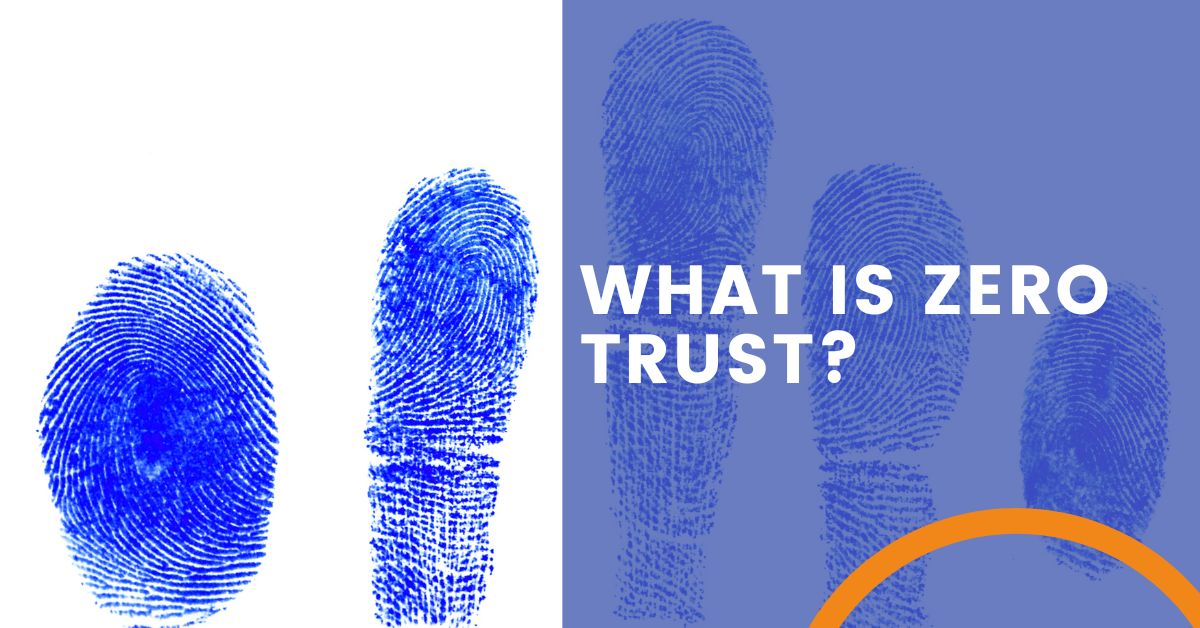
Why Creating Your DRP Will Help Keep You In Business
Today, companies of all sizes consume and manage large amounts of data vital to the survival and continued operation of the business. As a business leader, if you don’t have a procedure in place or know who to turn to in the instance of a disaster, your chance at recovery will be difficult. One of the most important aspects of a disaster recovery plan (DRP) is having a designated point person (or team of people) who understands the plan and how to respond in a disaster. This could be an individual outside of the company or a team of managed service providers.
The impact of data loss or corruption — from hardware failure, human error, natural occurrence, hacking or malware—can have on a business is no light matter. Taking quick and precise action is important to ensure employee safety and avoid loss in profit, time, data and reputation. It’s essential to have a plan for data backup and recovery of all electronic information.
What is a Disaster Recovery Plan?
A disaster recovery plan (DRP) ensures the timely recovery of IT services in the instance of a catastrophe. The purpose of a DRP is to provide a comprehensive overview of procedures that must be taken before, during and after a natural or man-made disaster so the organization is constantly in position to act accordingly. As cybercrime and security breaches become more sophisticated, it is important for an organization to define its data recovery and protection strategies. An annual data breach report indicates that data compromises totaled 1,862 in 2021, up more than 68 percent from the previous year. The ability to quickly handle any disastrous incident can reduce downtime and minimize financial and reputational damages.
Let’s Back This Up and Test It Out
Without backups, recovery is an impossibility, and without recovery, you’re left to rebuild your business technology from scratch. When creating your DRP, it is beneficial to do so in conjunction with a business continuity plan (BCP) to provide the most clear and effective roadmap to recovery. Organizations of all sizes generate and manage massive amounts of data, much of it mission critical. Therefore, it is essential to create a disaster recovery plan for the restoration of data from a backup perspective.
Many companies invest in various types of backup technologies and spend an incredible amount of money, only to find that a backup did not restore correctly when it was needed. At this point, it’s too late to correct the situation because the event that triggered the need for the backup has already occurred. Backup testing ensures the quality and recoverability of backups. It is good practice to run these on a quarterly basis to avoid issues if an emergency restore is necessary.
Data Loss Prevention
When referring to a disaster recovery plan, it’s imperative to also focus on prevention. As a business leader, you should do everything you can to prevent a complete loss of data for your business. Reports indicate that 60 percent of SMBs go out of business within six months of a cyberattack. While an offsite backup, properly maintained and secured, is the best way to avoid loss caused by natural disasters, prevention of man-made disasters or cyberattacks is a bit more involved.
A secure network environment is a necessity to avoid data loss from cyberattacks. Keep your company information from being breached or attacked by malware or ransomware. Your internal IT staff or team of cybersecurity experts should outfit your business with the highest level of cybersecurity necessary to protect your people, network and data. Prevention methods include, but are not limited to:
- Antivirus protection
- Endpoint detection and response
- Content filtering
- Multi-factor authentication
- Application whitelisting (zero trust security)
Every situation is unique. There is no single way to correctly develop a disaster recovery plan. However, three principal goals of disaster recovery form the core of most DRPs:
- Prevention (proper backups, generators and surge protectors, offline storage)
- Detection (potential threats, routine inspections, data monitoring)
- Response (corrective action, data recovery, increased security measures, staff training)
Disaster recovery plans are living documents. Involving employees from entry-level to management and key stakeholders dramatically increases the value of the plan.
In the Instance of a Disaster
You want someone with years of experience and proven expertise to help you protect your business. Cybersecurity moves fast, but at ArcLight, we move faster. Protecting your organization is not a “one and done” endeavor. Businesses of every size need an ongoing strategy against ransomware, phishing, malware and natural disasters. We use proven tools, processes and systems to protect our clients’ digital data, networks and employees. Contact us or book an appointment for assistance with your disaster recovery plan today.
Share the Knowledge
Managed Service Provider CHECKLIST
Land on the best IT solutions partner for your needs with this easy-to-follow, one-page download.










